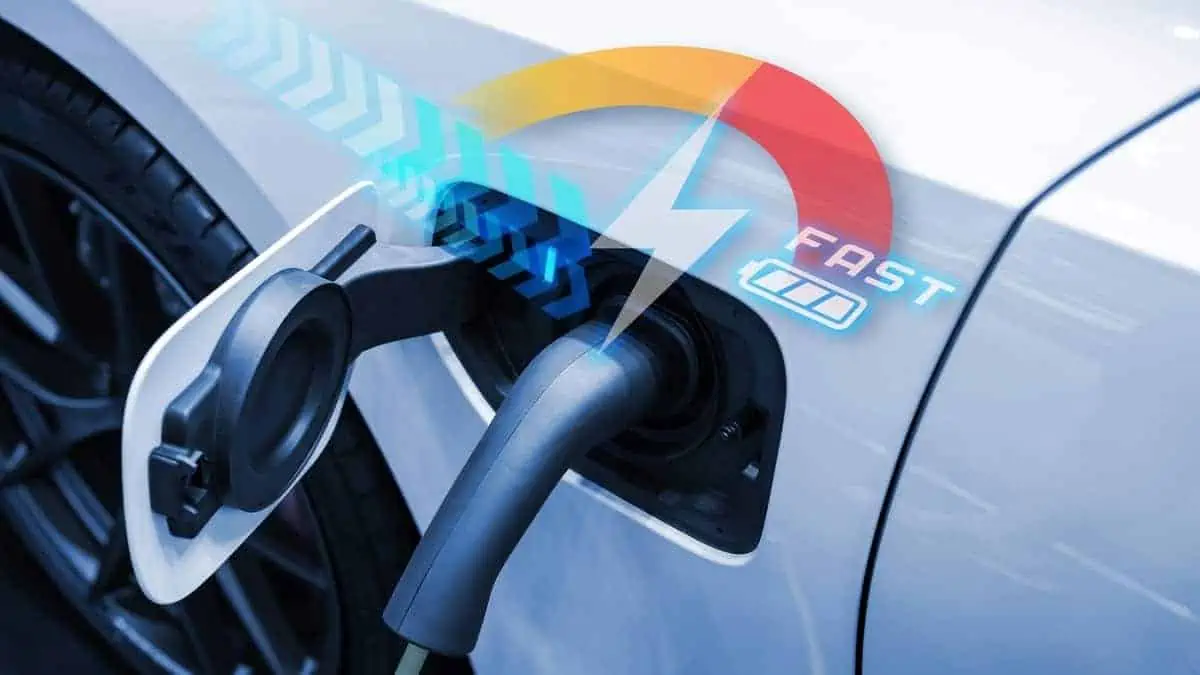Data analytics and consumer intelligence company JD Power formally introduced its Electric Vehicle Index on January 17 as it aims to monitor the market’s growth in the United States.
As EV-a2z reported, JD Power employs six categories for its data collection and calculation to effectively generate the EV index. These include the following:
- Interest
- Availability
- Adoption
- Affordability
- Infrastructure
- Experience
A few months after the analytics tool’s introduction, JD Power proudly announced that the US Department of Energy picked the EV Index to support its charging infrastructure growth push.
How would EV Index support the DOE’s efforts?
As per the press release, JD Power’s Electric Vehicle Index will aid the government in its efforts to accelerate charging infrastructure growth. It will set targets and track the continuous EV infrastructure development in the country.
Notably, the Argonne National Laboratory will lead DOE’s research with the aid of JD Power’s EV Index and its own technical data and analysis.
The DOE expects the analytics tool to provide comprehensive data on EV infrastructure growth and customer experience toward public charging networks.
In that sense, it will be able to generate crucial data on regional trends in EV infrastructure growth. It can also determine potential roadblocks to electric vehicle uptake in the country.
“Universally accessible, equitable, and reliable EV charging infrastructure is a cornerstone to widespread consumer adoption of EVs. It is critical that we consistently evaluate detailed trends in the availability of public chargers, specific obstacles consumers face with the existing charging network, and regional variations in consumer demand to ensure resilient grid infrastructure, provide adequate EV charging capacity and coverage, and support access to EVs by all Americans.”
Michael Berube, DOE’s Office of Energy Efficiency and Renewable Energy’s Deputy Assistant Secretary for Sustainable Transportation and Fuels
It is worth noting that JD Power updates the EV Index every month, with the lack of sufficient and reliable public charging infrastructure constantly emerging as the leading issue that impedes EV uptake.
“The EV space is moving so quickly that the major policy, strategy, and regulatory decisions that are being made today have the power to dramatically alter the course of the future of the automobile.
We created the EV Index to help key stakeholders make informed decisions based on the most comprehensive data available tracking EV adoption, affordability, infrastructure and several other factors that provide a complete view of the EV landscape in real-time. Infrastructure data at a ZIP code level can be used as effective building blocks to measure the progress of infrastructure creation for many different participants.”
Doug Betts, JD Power Automotive Division President
See Also:
- JD Power seeks to measure EV adoption progress with its EV Index
- Quality compromised for Innovation: JD Power study uncovers record high problems in the auto industry
- EV owners are more satisfied than ever, according to a JD Power study
- Mini & Rivian scored high on JD Power EV Experience Index for driving entertainment & satisfaction
- EV owners rate OEM mobile apps low in JD Power study
The EV charging infrastructure issues have long been the top barrier that blocks customers from shifting towards more sustainable mobility. Multiple studies have proved that most public charging stalls are often inaccessible for various reasons or even inoperable. That said, it is remarkable that the US is now accelerating its efforts to address this issue.






